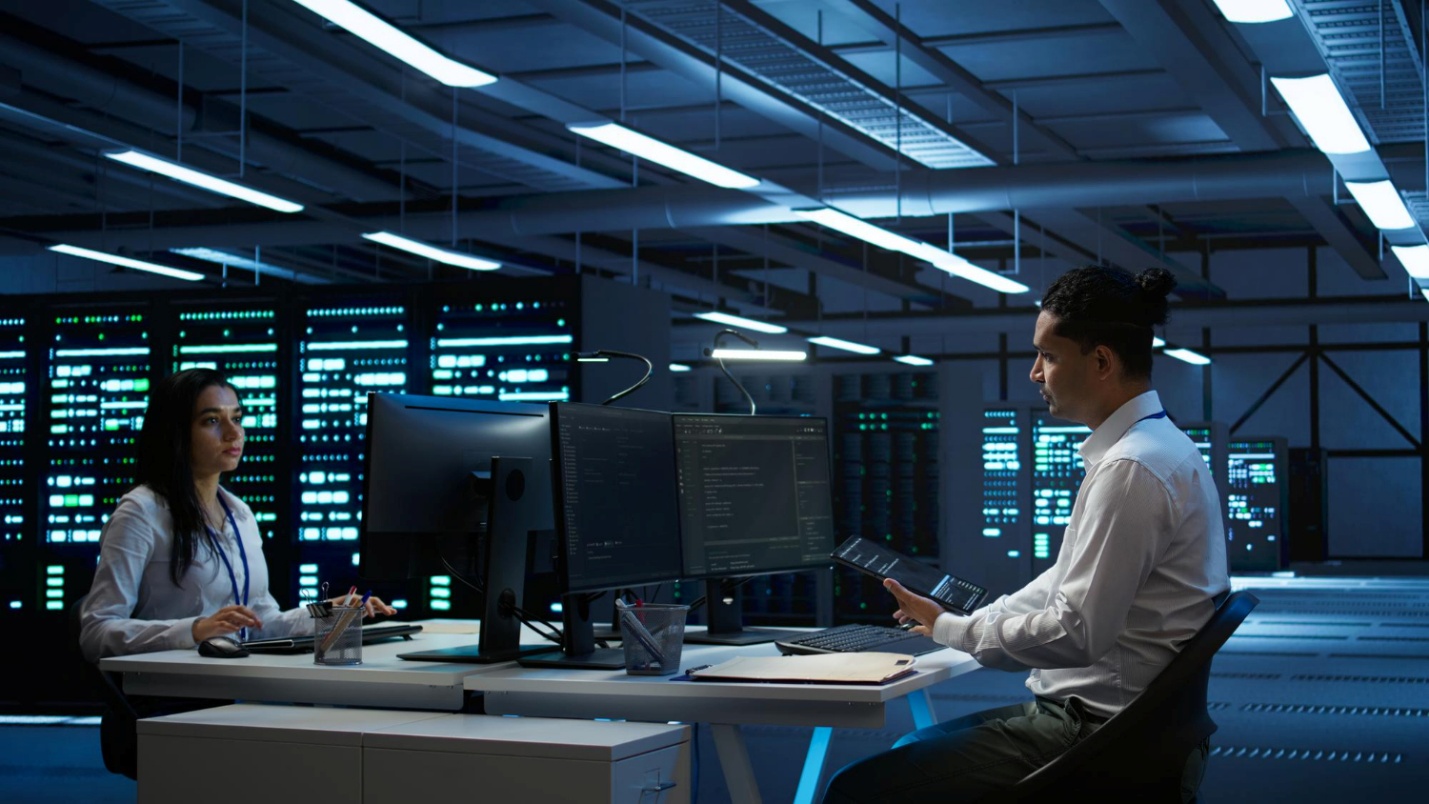Remote and hybrid work have caused a paradigm shift in how businesses are conducted. Although such change brings flexibility, greater productivity, and access to global pool of talents, cybersecurity issues also emerge with high challenges. A safe IT environment has never been complex and also necessary as employees work in various places and they communicate through different networks and gadgets.
Not only is the possibility of securing an IT infrastructure to facilitate remote work teams a technological challenge; it is also a question of creating an integrated approach that can ensure data is safe, provide a smooth collaboration process, and enable businesses to stay in the game. This is the way organizations will be able to achieve this in 2025 and beyond.

Secure remote environment will start with strong network security. Remote work, in contrast to the traditional office setting, is dependent on home and public networks that are not always as secure. To reduce the risks, companies should:
A proper network highlights the idea that though workers are working in coffee shops, co-working centers or home offices, there is a secure company information.
Unauthorized access is one of the largest threats to remote setups. Companies should implement stringent identity and access management strategies to regulate access to systems and data by people.
Some best practices include:
Proper IAM policies decrease the chances of insider and outsider attacks and simplify the process of controlling access of remote workforces.
Any machine that is linked to your business network is an easy access point to a hacker. Security of endpoints is also a requirement in a remote working environment.
These are the ways businesses can get devices secured:
Organizational security of endpoints can help greatly to minimize the risks posed by remote work equipment.
Modern businesses are built based on data and it should be protected. Encryption of these data ensures it is not read or misused by cybercriminals who may intercept it even though they are potentially doing so.
Besides, with regular data backups stored in a safe, off-premises place, or in a cloud, a second layer of protection is provided. Backups can help businesses restore their data quickly after loss, recover after system failure, accidental data loss or ransomware attacks, and keep continuity in business.
Remote teams often access various online resources to perform their tasks. However, not all websites are safe — some may host malware or phishing attempts. Implementing web filtering solutions helps organizations control which websites employees can access, blocking harmful or inappropriate content and reducing the risk of cyber threats.
Even with advanced security solutions, human error remains one of the biggest causes of data breaches. To develop a safe remote infrastructure, the employees should receive continuous training.
During training, the following issues should be addressed:
An employee with security consciousness is an effective first line of defense and reduces the possibility of unintentional breach.
Cybersecurity is a strategic need, which businesses should consider seriously since remote and hybrid work continues to impact the current workforce. A holistic approach to technology, rules, and continuous training is needed as a protein strategy of offering a safe IT environment to the remote teams, as opposed to installing software.
The companies may establish a safe remote working condition by enhancing network protection, controlling access, end points, data encryption, and equipping the personnel with pertinent skills. These measures will enable businesses to be safe and successful, in an ever more digitalized world, today.